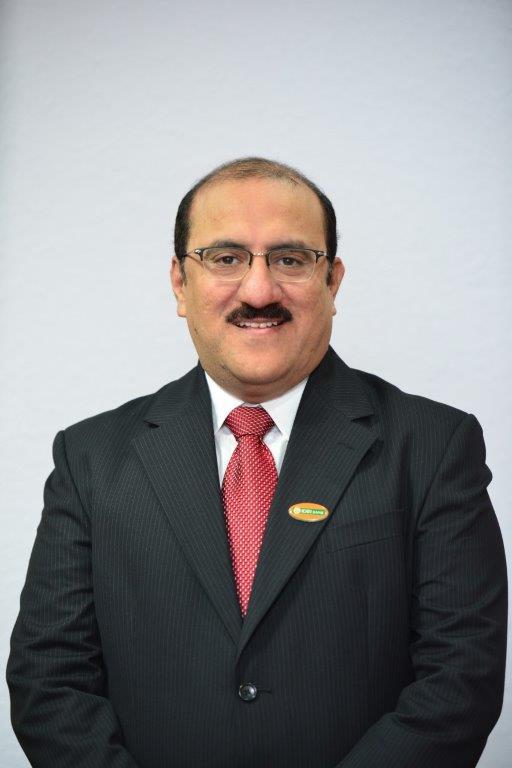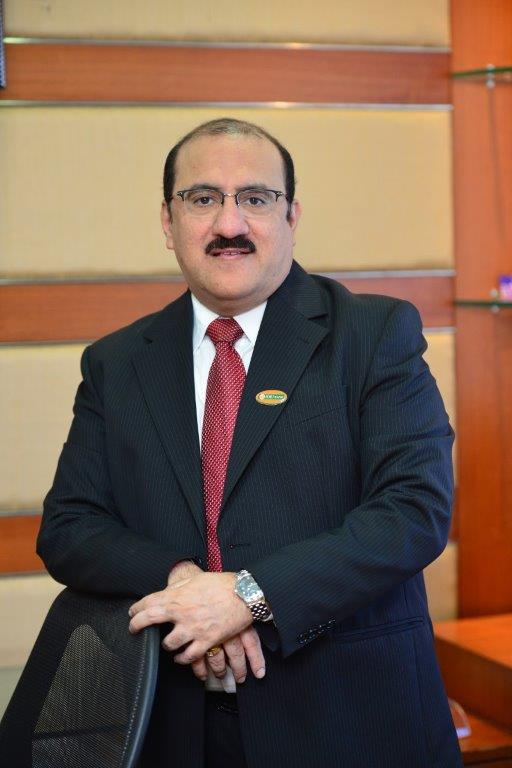Are you personally happy with the way the events have unfolded over two decades, especially that the bank is on the verge of getting sold to a private player?
The bank has seen phases and has emerged strongly out of the PCA framework. Given its intrinsic strengths, there has never been a doubt about the brand. Even when NPAs were high and the RBI put us on the PCA list, our depositors continued to grow on a daily basis. The bank has repositioned itself for the future. The need for a strategic investor appears largely for government divestment plans and to meet requirements for innovative technology-driven models and growth prospects.
Did you feel a loss of pride when the RBI placed the bank under the PCA framework in a way that corporate lending had to be kept out of the door and the balance sheet size trimmed?
The PCA tenure was utilised quite effectively. It allowed us to deep-dive into the processes, take corrective measures, mitigate risks and reposition the bank. Revising our business strategy, we focused on retail growth and used this period to develop the entire risk framework for the bank to become future ready.
Where did things go wrong?
IDBI had legacy loans inherited from the time it was a development finance institution (DFI) and played a key role in infrastructure financing. The RBI’s asset-quality review (AQR) exercise impacted the financial position of all the banks. IDBI Bank was impacted due to the sluggishness in the economy and its concentration of assets in the development finance sector.
What were the corrective measures taken?
Adopting the retail bank model, we worked on a capital-light structure by re-balancing the bank’s retail and corporate business mix. We made efforts to de-risk the portfolio and improve the bank’s risk-weighted assets (RWA) through internal efficiencies for capital conservation.
For reducing costs, the bank focused on automation and digitalisation of various processes. New central processing centres and risk acceptance criteria were created by delinking sales and credit processing. Branch operations were centralised and a dedicated collection vertical was established.
In hindsight, being placed under the RBI’s PCA framework helped us to deep-dive into the processes, take corrective measures, mitigate risks and reposition the bank

Was the organisation effectively split between a recovery group and a retail team?
We set up the NPA management group as a dedicated vertical. Their focus was quick and optimal recoveries. We proactively initiated measures keeping in mind the time value of money. We meticulously reviewed each NPA account and plotted a recovery target quarter after quarter.
On the retail side, we ramped up our mortgage-based lending, carried out digital initiatives and developed enablers that would allow us to grow in a risk-mitigated manner. Even on the liability side, we mobilised granular deposits while reducing our bulk deposits. We gave CASA (current account and savings account) a big push, which now comprise 50% of our total deposits. The reduction of high-cost deposits and focus on accelerating CASA growth enabled us to bring down cost of deposits.
What strategic moves did you take to beef up the retail loan portfolio?
We increased focus on mortgage-based lending, which comprises a major chunk of our retail loan portfolio. Our NPA in this is as low as 1.93% as against the industry average of 3.20%. We have been conservative when it comes to unsecured loans. But we have now developed capabilities internally that would assist us in growing this segment in a risk mitigated manner. We have used artificial intelligence and analytical tools to diversify and focus on high-yielding unsecured assets like personal loans, credit cards and auto loans.
What role did LIC play in the turnaround of IDBI Bank?
LIC was pivotal to the whole turnaround story of IDBI Bank. A massive injection of capital at one go was needed. It also provided areas of synergies to optimise business opportunities as IDBI Bank became the largest bancassurance partner of LIC, distributing insurance products and extending cash management services.
How stable is the turnaround story, and would things slip again under the crippling second wave of the coronavirus pandemic?
We have reported five straight quarters of profit, and our turnaround is sustainable. Our net NPA is at 1.97% (against the threshold compliance level of 6%), capital adequacy is 15.59% (against threshold of 11.5%) and leverage ratio is 6.08% (against requirement of 4%).
Our book composition is quite prudently placed and collection efficiency has remained more or less at pre-Covid levels. Our provision coverage ratio (PCR) is one of the highest at 97%. With various initiatives undertaken by the RBI and the government, including the vaccination drive, the economic turnaround seems to be on the horizon.
Which are the sectors where the recovery prospects are troublesome, and with what kind of haircuts would the bank be comfortable?
EPC (engineering, procurement and construction) accounts may take time to resolve. It is difficult to estimate an average haircut in this sector as it would depend on individual cases. We have recovered in steel and cement, but some stress continues in infrastructure.
After getting lifted out of the PCA, what are the strategic decisions the bank has taken to grow the corporate loan book?
Our target is to grow the corporate book by 8–10% in FY22, but this would depend on the pandemic situation. We have decided to cap our corporate exposure to one entity at about Rs 500 crore. We have also internally earmarked sectors into categories like normal, selective, cautious and highly cautious. We are positive about IT, pharma, chemical, healthcare and FMCG sectors at this stage.
LIC was pivotal to the whole turnaround story of IDBI. A massive injection of capital at one go was needed. It also provided areas of synergies to optimise business opportunities.

And the retail side?
We are eyeing 10–12% growth in our retail loan book in FY22. We intend to scale up the retail, agriculture and SME (small and medium-sized enterprises) assets.
Within retail, the home loan segment is a key driver, and our average ticket size is in the range of Rs 25–35 lakh. The home loan portfolio of the bank has grown at a CAGR of about 10% since 2017. We have been conservative on unsecured loans, but now we have built the risk framework and other digital capabilities. We plan to grow this portfolio as it offers opportunity for decent margins.
What will be the ideal corporate and retail loan composition mix for IDBI Bank?
We have strategically reduced our corporate mix in lending from 60% in 2017 to 38% as on 31 March 2021. The ratio of the lending book has shifted in favour of retail over these years, which has moved from 40% to 62%. As we are now out of the PCA and have added refined risk management practices and sophisticated underwriting norms, we intend to grow our corporate book in a calibrated manner. We are looking at an ideal portfolio composition of 55:45 in favour of retail, with a 5% variation either way.
Does the bank have any capital-raising plan?
The bank can fund its growth without raising capital for the next 1-2 years. In December last year, we raised equity of Rs 1,435 crore through qualified institutional placement (QIP). Moreover, we have ample headroom available to further raise Tier I/Tier II capital as and when necessary.
Why will buyers be interested in IDBI Bank, which has a gross NPA as high as 22%?
IDBI Bank has a large balance sheet, the brand is intact, and the policies are fine-tuned. Let me emphasize again, the bank’s net NPA is 1.97% with PCR of 97%.
A substantial de-stressing has been done, the bank’s turnaround is sustainable, and, besides retail, there is an expertise available for development financing. The liability franchise is also quite impressive.
There is a wide network of 1,855 branches strategically located across the country, which look more like private sector outlets and where service quality standards are supreme.
The technology platform is robust. In fact, it is one of the few banks which has a technology subsidiary company.
We have a very energetic and talented young team to support sustainable growth.
